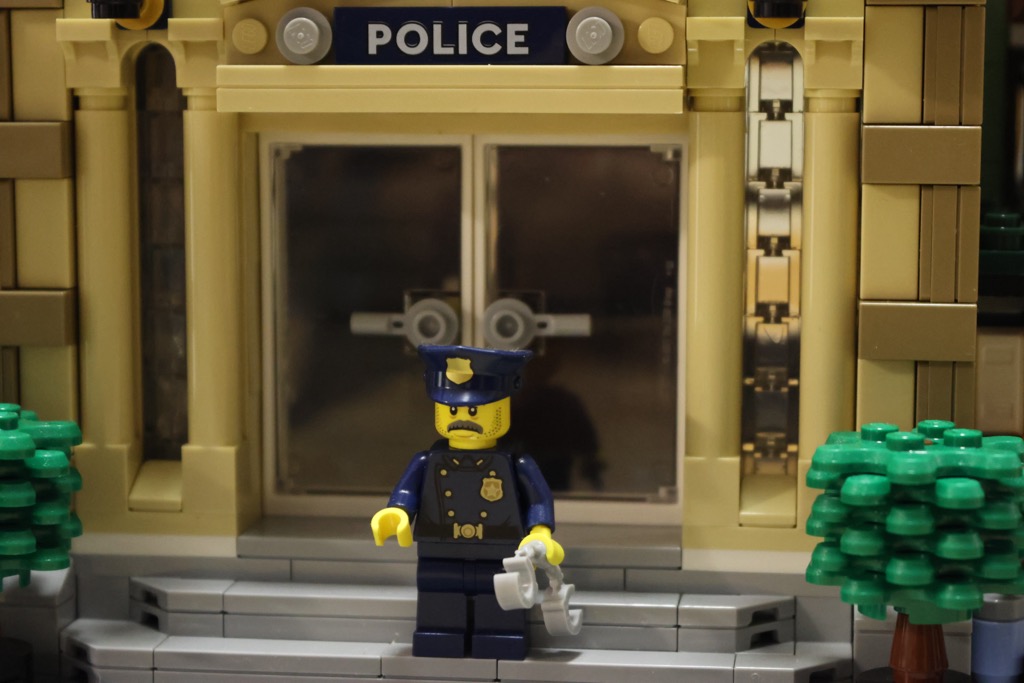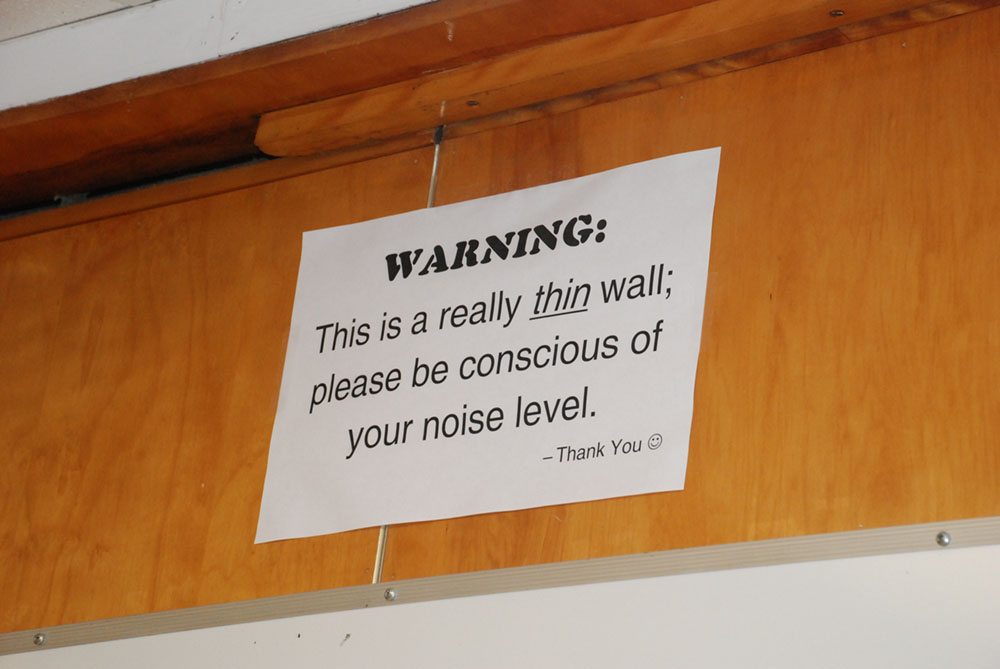AI-powered photo editing tools built into some of the latest smartphones, including the newly released Google Pixel 8 series, give us the ever-increasing ability to showcase our own versions of reality. Photography, as an extension of portraiture, has always been a “constructed” medium, so what makes these features feel so problematic? Is it all a bit of an overreaction? Let’s explore!
Room 225 had never been a photography classroom, but something about a 28-year-old “memorandum” on darkroom chemicals seemed to capture the essence of that long-lost learning space.
I don’t always know why I care so much about certain things. But what I find out, time and time again, is that being able to recover and produce memories when someone needs them most is invaluable.
Hint: It’s not about the journalism! If you’re a high school journalism teacher, you’ve probably faced a skeptic or two…
The following essay was originally published in the November 2011 edition of the online magazine of the Curry School of…

